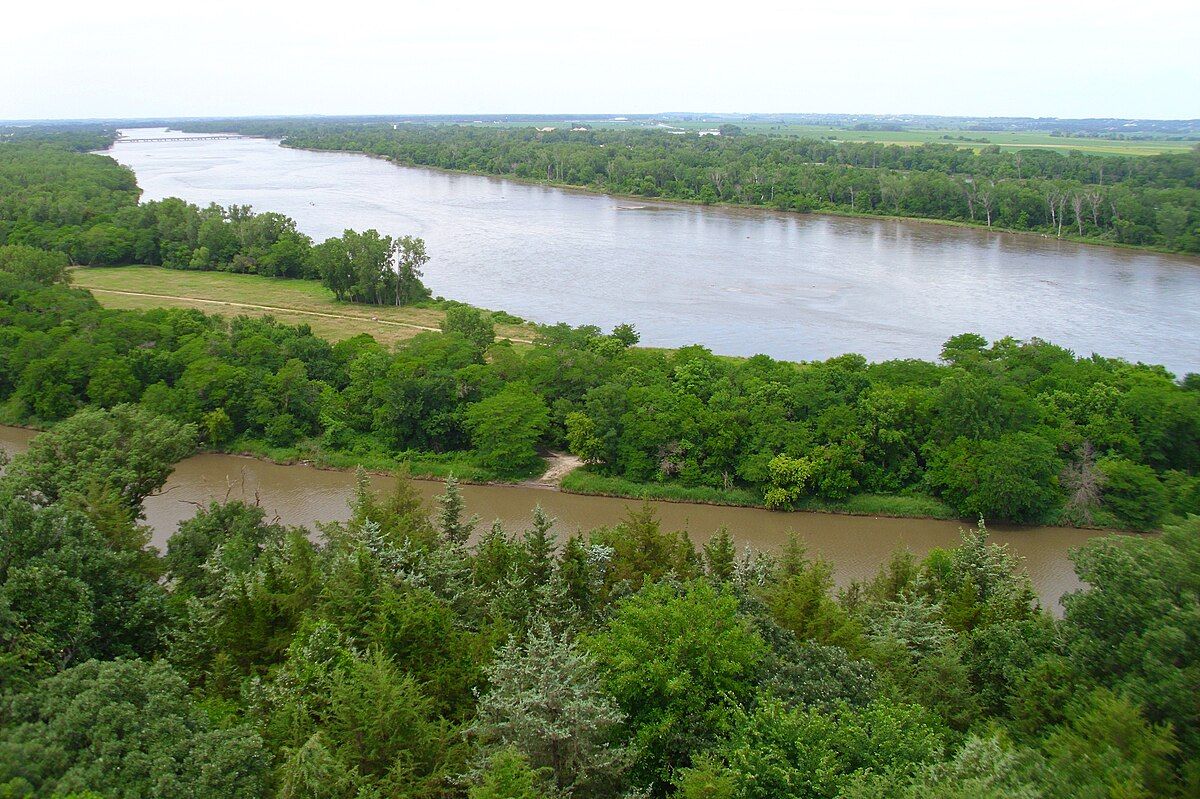Secrets Of Nebraska’s Platte River Trading Posts

Have you ever wondered about the hidden gems along Nebraska's Platte River? This historic waterway holds stories of old trading posts that once buzzed with activity. These trading posts were crucial for pioneers, trappers, and Native Americans. They exchanged goods, shared news, and built communities. Today, you can still find traces of these fascinating places. Imagine walking where early settlers bartered for supplies or where trappers traded furs. Exploring these sites offers a unique glimpse into the past. Ready to learn more about the Platte River trading posts? Let's dive into their rich history and discover what makes them so special.
Discovering Nebraska's Platte River Trading Posts
Nebraska's Platte River has a rich history, dotted with trading posts that once buzzed with activity. These posts were vital hubs for trade, culture, and survival. Let's journey through some of the most notable trading posts along this historic river.
Fort Atkinson
Fort Atkinson stands as a testament to early American frontier life. Established in 1819, it was the first U.S. Army post west of the Missouri River.
- Historical Significance: Fort Atkinson played a crucial role in protecting the fur trade and American settlers.
- Reconstructed Buildings: Visitors can explore reconstructed barracks, a council house, and other structures.
- Living History Events: Experience reenactments and demonstrations that bring the past to life.
Fort Kearny
Fort Kearny served as a key stop for pioneers traveling the Oregon Trail. Established in 1848, it provided supplies and protection.
- Pioneer History: Learn about the hardships and triumphs of those who traveled westward.
- Visitor Center: The center offers exhibits and artifacts from the fort's active years.
- Buffalo Soldiers: Discover the role of African American soldiers stationed here after the Civil War.
Fort Laramie
Though technically in Wyoming, Fort Laramie was a significant trading post for those traveling along the Platte River. Established in 1834, it became a major military post.
- Strategic Location: Positioned at the confluence of the Laramie and North Platte Rivers, it was a vital stop for traders and travelers.
- Historic Buildings: Explore original structures like the officer's quarters and the guardhouse.
- Cultural Exchange: Learn about the interactions between Native Americans, traders, and settlers.
Fort Sidney
Fort Sidney, established in 1867, was a key military post during the Indian Wars. It also served as a supply depot for the Union Pacific Railroad.
- Military History: Delve into the fort's role in protecting the railroad and settlers.
- Museum: The Fort Sidney Museum offers a glimpse into the life of soldiers and civilians.
- Historic Downtown: Wander through Sidney's historic district, which retains much of its 19th-century charm.
Fort Robinson
Fort Robinson, established in 1874, played a significant role in the Indian Wars and later served as a training ground during World War II.
- Cheyenne Outbreak: Learn about the tragic events of the Cheyenne Outbreak of 1879.
- Buffalo Soldiers: Discover the contributions of the African American cavalry units stationed here.
- State Park: Today, Fort Robinson is a state park offering hiking, horseback riding, and historical tours.
Ash Hollow
Ash Hollow was a vital stop along the Oregon and California Trails. Its natural springs provided much-needed water for travelers.
- Natural Beauty: Explore the scenic bluffs and lush valleys of Ash Hollow.
- Visitor Center: The center features exhibits on the area's natural and cultural history.
- Pioneer Graves: Pay respects at the graves of pioneers who perished on their journey west.
Fort McPherson
Fort McPherson, established in 1863, was a key military post during the Indian Wars and later served as a supply depot.
- Military Cemetery: Visit the Fort McPherson National Cemetery, the final resting place for many soldiers.
- Historic Buildings: Explore the remaining structures and learn about the fort's history.
- Visitor Center: The center offers exhibits on the fort's role in the westward expansion.
Fort Hartsuff
Fort Hartsuff, established in 1874, was built to protect settlers from Native American attacks. It is one of the best-preserved forts in Nebraska.
- Preserved Structures: Walk through original buildings like the barracks, hospital, and officer's quarters.
- Living History: Experience reenactments and demonstrations that showcase frontier life.
- Scenic Location: Enjoy the picturesque setting along the North Loup River.
Fort Niobrara
Fort Niobrara, established in 1879, served as a military post during the Indian Wars and later became a wildlife refuge.
- Wildlife Refuge: Today, the area is a refuge for bison, elk, and other wildlife.
- Historic Buildings: Explore the remaining structures and learn about the fort's history.
- Visitor Center: The center offers exhibits on the fort's military and natural history.
Discover Nebraska's Hidden Gems
Nebraska's Platte River trading posts offer a unique glimpse into the past. These historic sites tell stories of early settlers, Native American tribes, and the bustling trade that once thrived here. Visiting these posts, you can almost hear the echoes of bartering and the clinking of goods exchanged. They aren't just relics; they are living pieces of history. Exploring them, you gain a deeper appreciation for the state's rich heritage. Whether you're a history buff or just curious, these trading posts are worth the trip. They provide a tangible connection to Nebraska's roots, making history come alive. So next time you're in the area, take a detour to the Platte River. You'll leave with more than just memories; you'll carry a piece of history with you.

